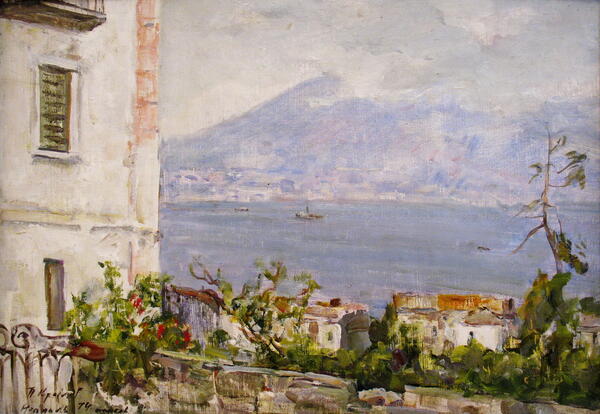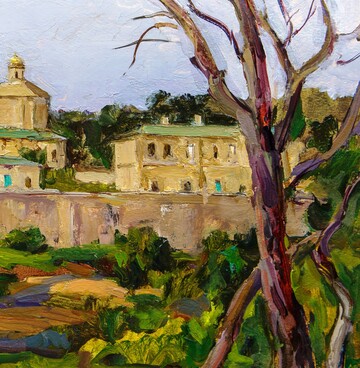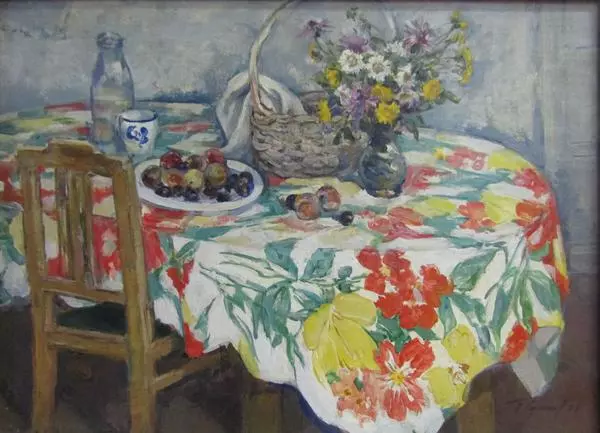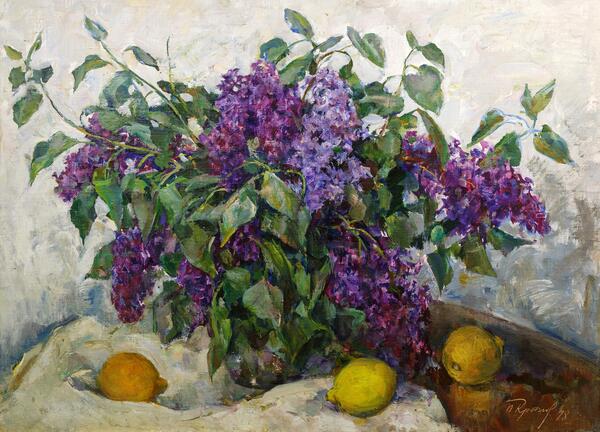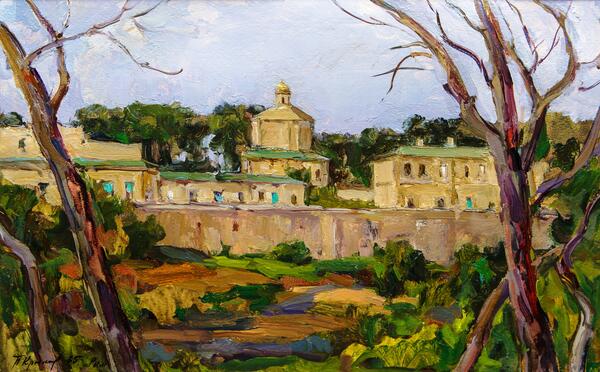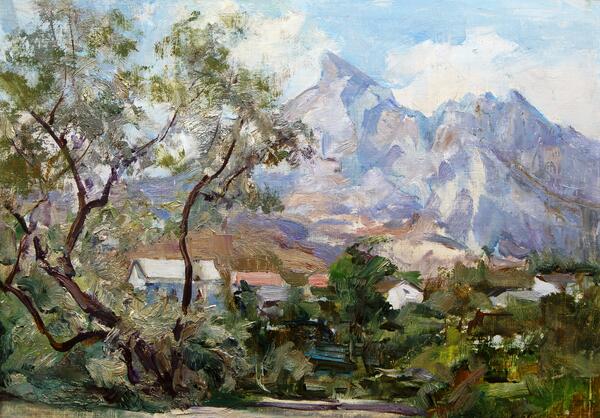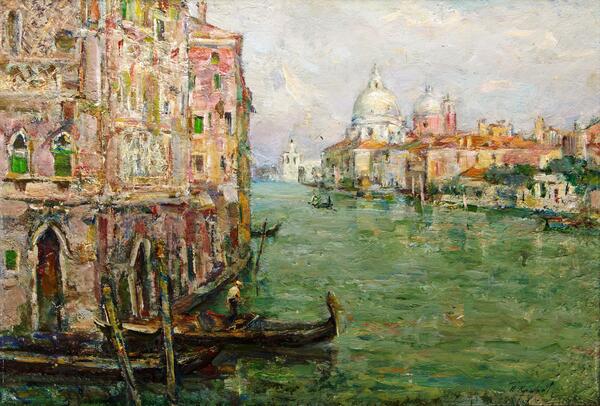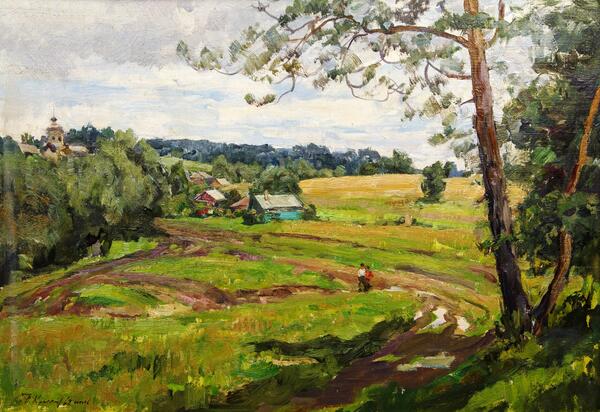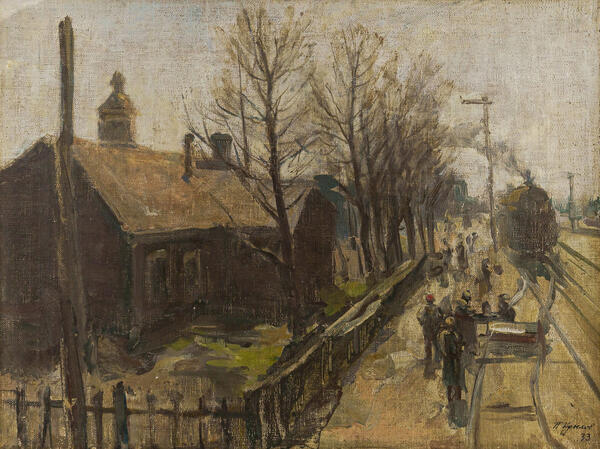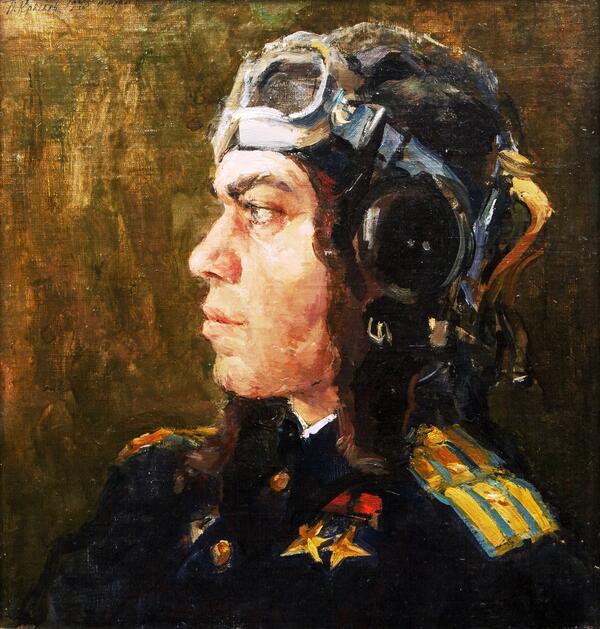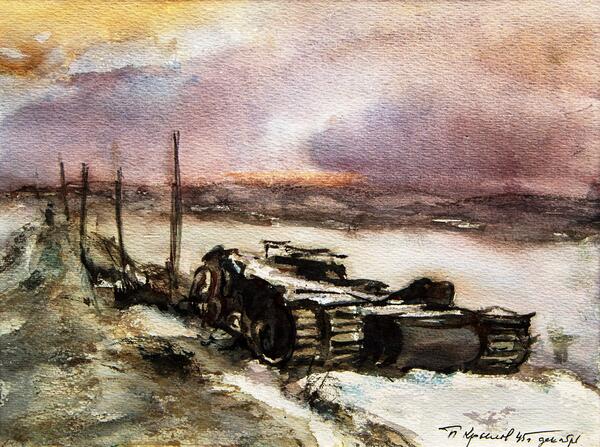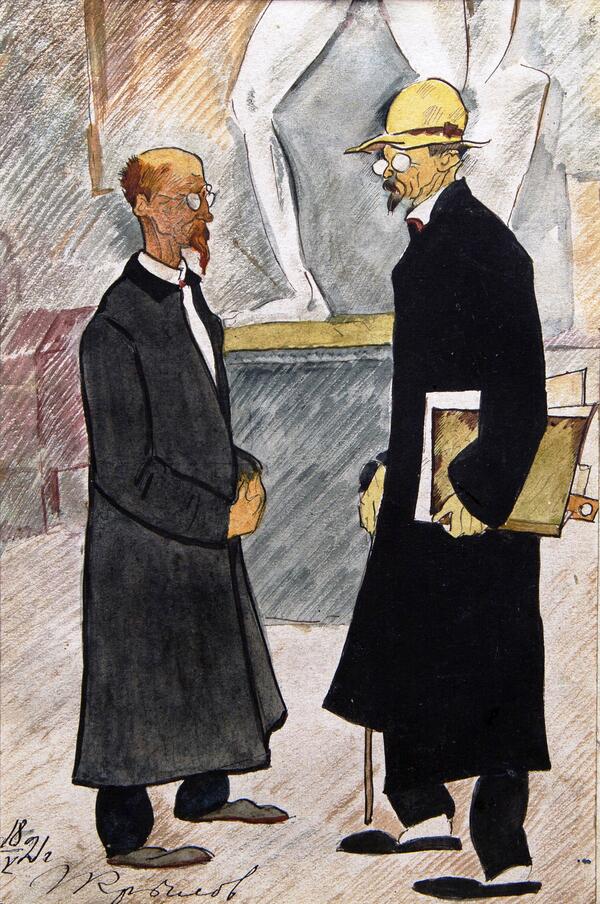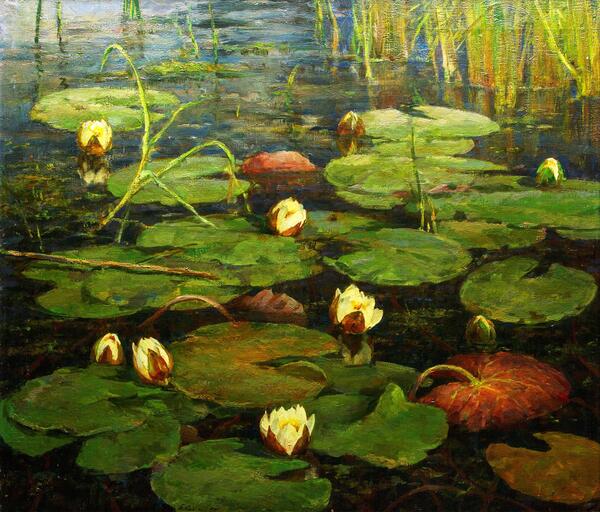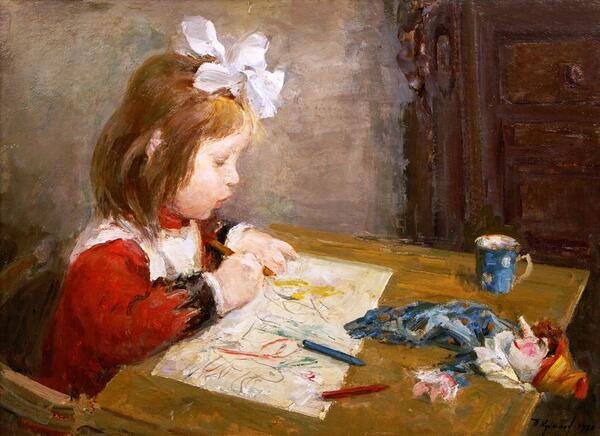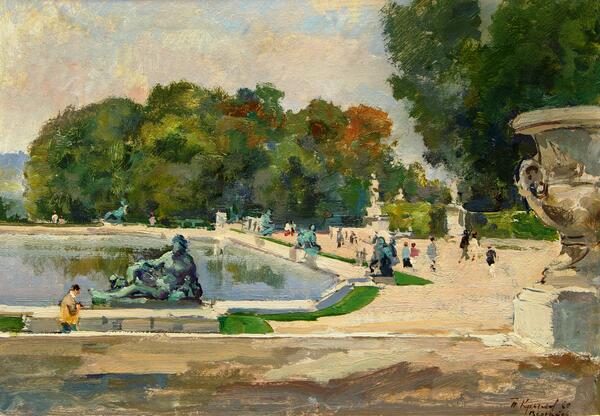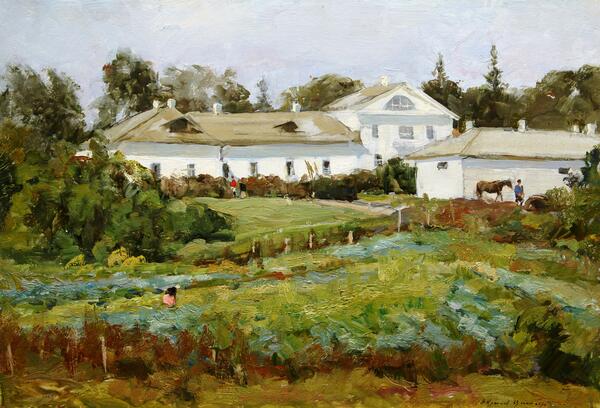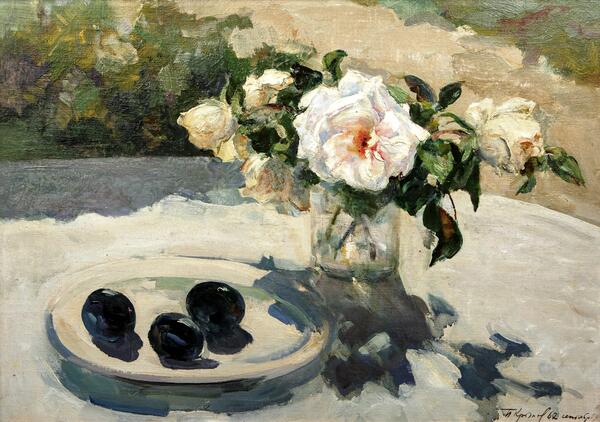The Soviet artist Porfiry Nikitich Krylov visited Italy for the first time in 1953 on a creative trip, and this sunny hospitable country forever stole his heart. In the following decades, the artist came to Italy for work and on family holidays multiple times. Porfiry Krylov created dozens of landscapes of Italy, vividly and figuratively capturing the essence of one of Europe’s most beautiful countries along with the unique character of each of the cities that the artist happened to visit.
Krylov made landscapes of Rome and Venice, Naples and Assisi, Bologna, Florence, Milan, Capri, Perugia, Arezzo, Siena, Pompeii, Sorrento. The collection of the Tula Museum of Fine Arts contains more than 80 paintings and graphic works by Porfiry Krylov from his Italian series.
The landscape “Naples and Vesuvius” was painted in the spring of 1974. It is dedicated to the ancient Italian city and one of the most formidable volcanoes in the world. The history of Naples began in the 8th century BC. It was founded by Greek settlers and named after the mythological siren Parthenope.
The balcony of the old house in the painting opens a view to the blue expanse of the Gulf of Naples with the sharp silhouette of the volcano on the opposite shore. Vesuvius is the only active volcano in continental Europe and one of the most dangerous in the world. It appeared about 25 million years ago. On average, major eruptions of Vesuvius occur once every 100 years, and people still continue to live at its foot and set up vegetable gardens on the fertile volcanic soil.
Krylov’s other landscape of Vesuvius is painted in watercolor. The outlines of the volcano seem to dissolve in the light haze at dawn. The artist seems to invite the viewer to come to the very shore of the gulf, lean on the railing, listen to the waves splashing below and calmly admire the enchanting morning landscape of Naples.
The mood of noisy daytime Naples is different: numerous pleasure yachts are eagerly waiting for tourists to set sail along the deep blue waters of the bay. Images of the seaport and the dormant volcano are omnipresent in Porfiry Krylov’s Neapolitan landscapes.
